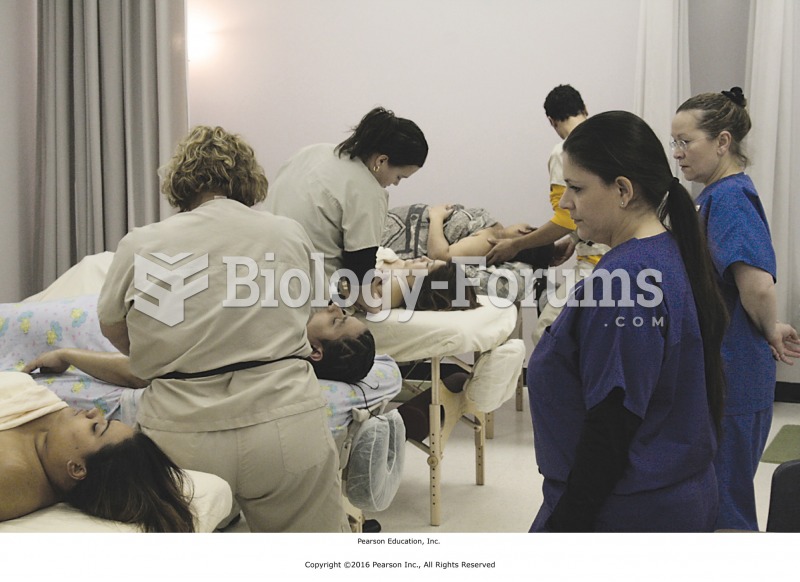Answer to Question 1
Correct Answer: 2
Rationale 1: The dose will not remain unchanged.
Rationale 2: Maintenance dosages of corticosteroids for adrenal insufficiency need to be increased during times of infection, surgery, or injury to adapt to the increased stress.
Rationale 3: The dose will not be decreased.
Rationale 4: Steroid therapy should never be rapidly withdrawn because an adrenal crisis could occur.
Global Rationale: Maintenance dosages of corticosteroids for adrenal insufficiency need to be increased during times of infection, surgery, or injury to adapt to the increased stress. Steroid therapy should never be rapidly withdrawn because an adrenal crisis could occur.
Answer to Question 2
Correct Answer: 2
Rationale 1: Cutting the toenails straight across is appropriate for the client with diabetes.
Rationale 2: A client with diabetes might have peripheral neuropathy. The addition of corticosteroids can prolong wound healing if a wound develops from friction of the shoe against bare skin.
Rationale 3: A client with diabetes starting therapy with corticosteroids might have marked changes in blood glucose values, and a diary of this information should be maintained.
Rationale 4: The client should call the health care provider to report illness or injury. An increased dose of corticosteroid could be indicated.
Global Rationale: A client with diabetes might have peripheral neuropathy. The addition of corticosteroids can prolong wound healing if a wound develops from friction of the shoe against bare skin. Cutting the toenails straight across is appropriate for the client with diabetes. A client with diabetes starting therapy with corticosteroids might have marked changes in blood glucose values, and a diary of this information should be maintained. The client should call the health care provider to report illness or injury. An increased dose of corticosteroid could be indicated.







